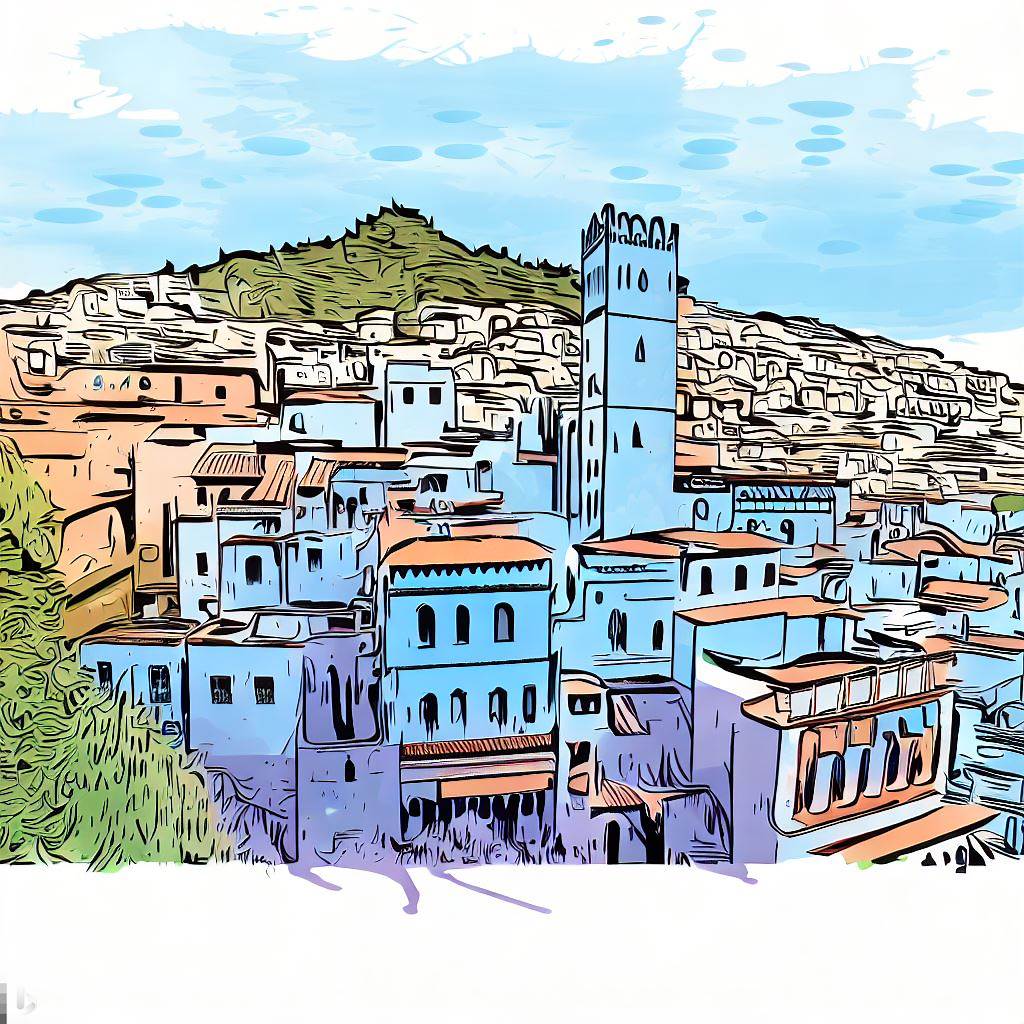
Unveiling the Mysteries of Chefchaouen: Morocco's Blue Pearl
Nestled amidst the rugged peaks of the Rif Mountains, there lies a city painted in shades of blue. A city where every alleyway, every corner, tells a story. This is Chefchaouen, often referred to as the 'Blue Pearl' of Morocco.
But what makes this city so special? Why have travellers from all over the world been drawn to its mystique? Let's embark on a journey through the azure streets of Chefchaouen and discover the tales that lie within its walls.
Table of Contents
- The History of Chefchaouen
- Why is Chefchaouen Blue?
- Exploring the City's Attractions
- Cultural Significance
- Local Cuisine and Delicacies
- Shopping in Chefchaouen
- Travel Tips and Recommendations
The History of Chefchaouen
Founded in 1471, Chefchaouen began as a small fortress established by Moulay Ali Ben Moussa Ben Rached El Alami to fend off Portuguese invasions. Over the years, the city saw an influx of Jews and Moors, both of whom left an indelible mark on its culture and architecture.
As you wander through the city, you'll notice a blend of Andalusian and Moorish architecture, a testament to its rich history. The city's strategic location made it a key player in many historical events, from battles to trade.
With the passage of time, Chefchaouen grew in prominence, not just as a military stronghold, but also as a hub of culture and trade. The city's vibrant marketplaces, known as souks, became the centre of commerce, attracting merchants from far and wide.
Today, Chefchaouen stands as a testament to its resilient spirit, having withstood the test of time and emerging as one of Morocco's most sought-after tourist destinations.
Why is Chefchaouen Blue?
The blue-washed streets of Chefchaouen are its most distinguishing feature. But why blue? There are several theories that attempt to answer this question. Some believe that the blue keeps mosquitos away, while others say it represents the sky and heaven, serving as a reminder to lead a spiritual life.
Another popular theory is that the Jews, who took refuge in Chefchaouen in the 1930s, introduced the blue hue. Blue is a significant colour in Judaism, symbolising divinity and spirituality. Over time, the tradition of painting the city blue continued, making it the iconic destination it is today.
Regardless of the reason, the blue streets offer a serene and calming atmosphere, making it a haven for travellers seeking tranquillity.
As you meander through the city's narrow alleyways, the varying shades of blue create a mesmerising effect, almost as if you're walking through a dream.
